Ever experienced the frustration of a malfunctioning rowing machine, disrupting your workout routine?
A well-maintained rowing machine is essential for a smooth and enjoyable fitness experience.
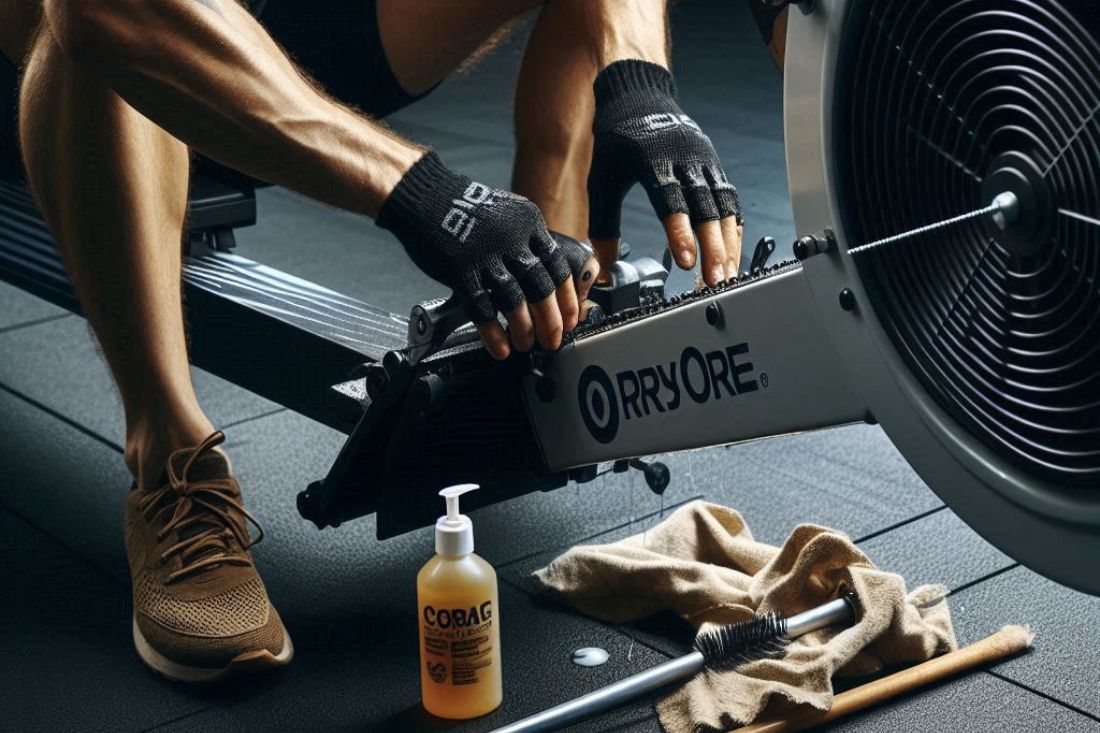
This comprehensive guide will provide you with essential maintenance tips to keep your machine running smoothly and prevent costly repairs.
By following these steps, you can ensure that your rowing machine operates at its peak performance, allowing you to focus on your workouts without interruption.
Let’s dive in and discover how to keep your rowing machine in top condition.
Regular Cleaning and Lubrication
To ensure your rowing machine operates smoothly and efficiently, regular cleaning and lubrication are essential.
Cleaning

- Wipe down the frame: Remove dust and dirt with a damp cloth.
- Clean the seat and handles: Use a mild cleaning solution to remove sweat and grime.
- Inspect cables and pulleys: Check for any signs of wear or damage.
Lubrication
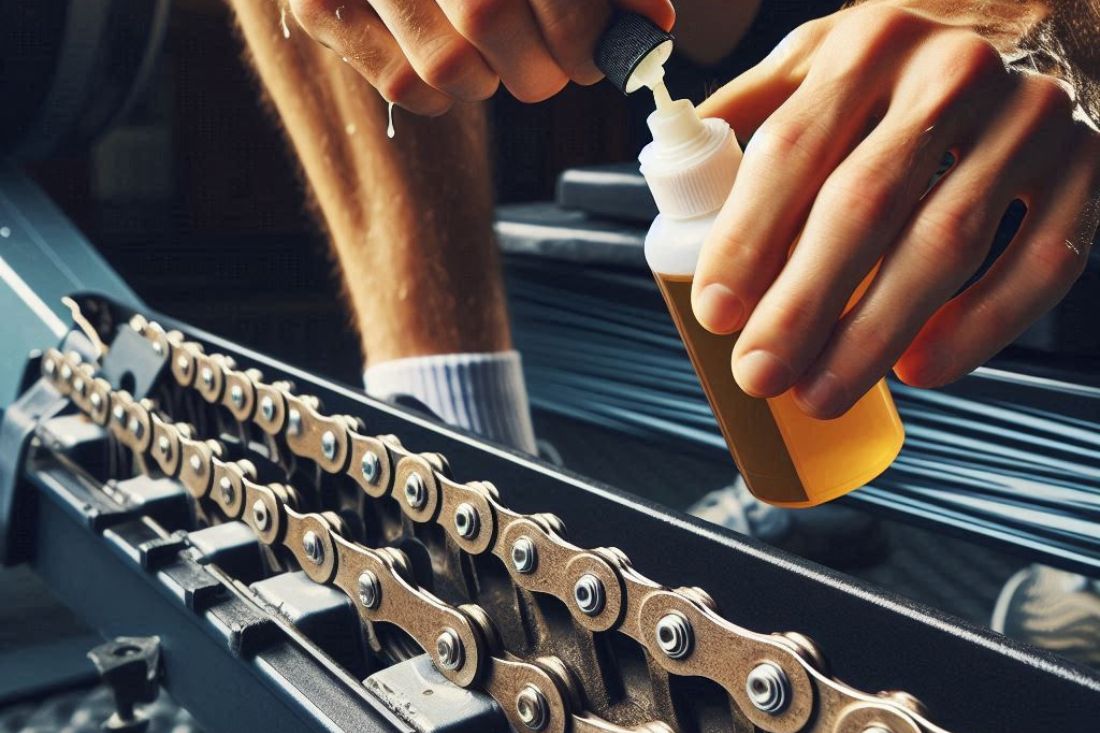
- Identify lubricated parts: Refer to your user manual for specific lubrication points.
- Choose the right lubricant: Use a silicone-based lubricant or a lubricant specifically designed for exercise equipment. (Note: Affiliate Link)
- Apply lubricant: Follow the manufacturer’s instructions for application.
Frequency
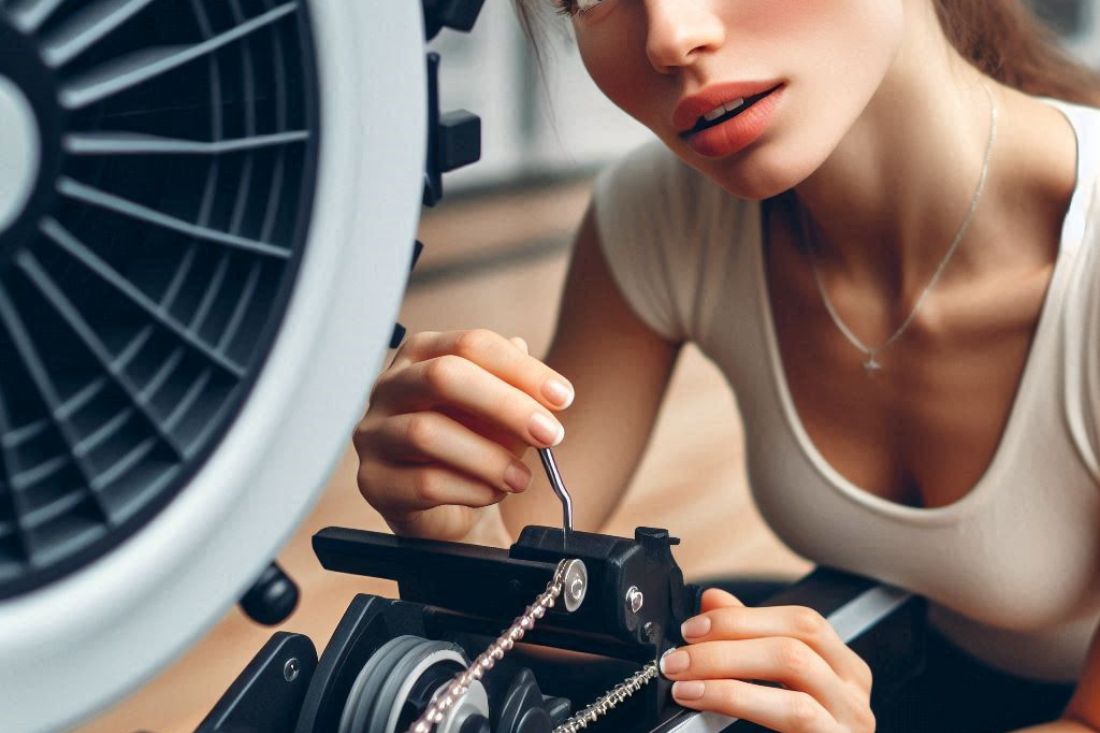
- Clean and lubricate weekly: For regular use, weekly maintenance is recommended.
- Inspect monthly: Check for any signs of wear or damage during your monthly inspections.
By following these guidelines, you can keep your rowing machine clean and well-maintained, ensuring optimal performance and longevity.
Troubleshooting Common Issues
Encountering problems with your rowing machine can be frustrating.
Here are some common issues and potential solutions:
Squeaking Noises

- Loose bolts or screws: Tighten any loose fasteners.
- Dry bearings: Lubricate moving parts according to the manufacturer’s instructions.
- Seat adjustment: Ensure the seat is properly adjusted and secure.
Resistance Problems
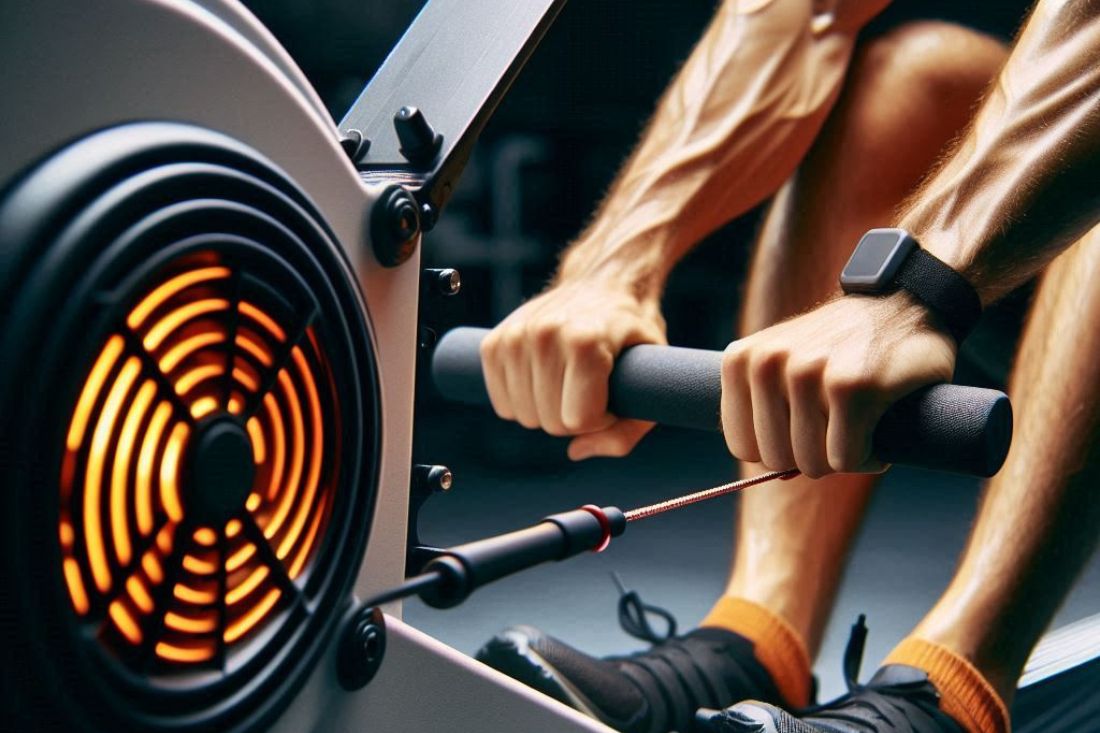
- Check resistance settings: Verify that the resistance level is set correctly.
- Inspect resistance mechanism: Look for any signs of wear or damage.
- Consult the user manual: Refer to the manual for troubleshooting specific to your model.
Seat Adjustments
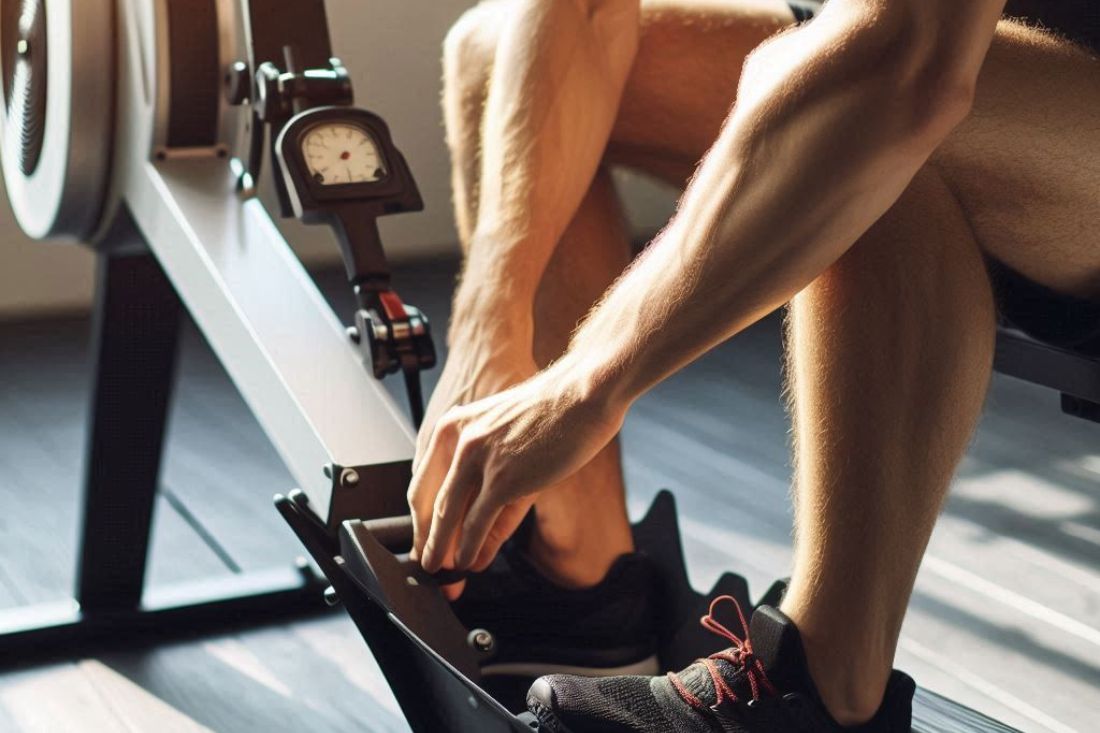
- Adjust height: Ensure the seat is at the correct height for your leg length.
- Adjust distance: Adjust the distance between the seat and the handlebars for optimal comfort.
- Check for alignment: Make sure the seat is aligned properly with the rowing mechanism.
Chain Slippage
- Inspect the chain: Check for any loose links or damage.
- Tighten the chain tensioner: Adjust the tensioner as needed.
- Replace the chain: If the chain is severely damaged, it may need to be replaced.
By understanding and addressing these common issues, you can minimize downtime and keep your rowing machine running smoothly.
Preventive Maintenance Tips
Regular inspections and maintenance can help prevent more serious problems and extend the lifespan of your rowing machine.
Regular Inspections
- Visual inspections: Check for any signs of wear, damage, or corrosion.
- Check cables and pulleys: Ensure they are in good condition and free of debris.
- Monitor resistance mechanisms: Inspect for any signs of wear or malfunction.
Tightening Loose Components
- Check bolts and screws: Regularly tighten any loose fasteners to prevent rattling or instability.
- Inspect the frame: Ensure the frame is securely assembled and free of any cracks or damage.
Replacing Worn-Out Parts
- Identify worn parts: Look for signs of wear, such as frayed cables, worn-out belts, or damaged pulleys.
- Replace as needed: Consult your user manual or contact the manufacturer for replacement parts.
By following these preventive maintenance tips, you can minimize downtime and ensure that your rowing machine operates at its peak performance.
Storage and Transportation Tips
Proper storage and transportation can help protect your rowing machine and ensure its longevity.
Proper Storage
- Choose a suitable location: Store the rowing machine in a dry, dust-free area.
- Fold or disassemble: If your rowing machine is foldable, fold it up for compact storage. Otherwise, disassemble it according to the manufacturer’s instructions.
- Cover it: Protect the machine from dust and scratches with a protective cover.
Safe Transportation
- Consult the user manual: Refer to the manual for specific transportation instructions.
- Disassemble if necessary: Some rowing machines may require disassembly for transportation.
- Securely transport: Use appropriate straps or moving equipment to prevent damage during transport.
By following these tips, you can ensure that your rowing machine is stored and transported safely, protecting it from damage and ensuring its longevity.
FAQs: Rowing Machine Maintenance
Here are some frequently asked questions about rowing machine maintenance:
- How often should I clean and lubricate my rowing machine?
- General recommendation: Clean and lubricate your rowing machine weekly for regular use.
- Frequency adjustments: Adjust the frequency based on usage intensity and environmental factors.
- What should I do if my rowing machine is making strange noises?
- Inspect for loose parts: Check for loose bolts, screws, or cables.
- Lubricate moving parts: Ensure proper lubrication of squeaking components.
- Consult the user manual: Refer to the manual for specific troubleshooting guidance.
- Can I repair minor issues myself, or should I contact a technician?
- Minor issues: Attempt minor repairs like tightening bolts or adjusting the seat.
- Complex issues: For major problems or if you’re unsure, consult a qualified technician.
Testimonials: Rowing Machine Maintenance Success Stories
Here are testimonials from users who have successfully maintained their rowing machines.
“I’ve had my rowing machine for years, and it’s still running smoothly. Following the maintenance tips in this guide has been a lifesaver. I highly recommend it to anyone who wants to keep their machine in top condition.” – Sarah K.
“I used to have trouble with my rowing machine squeaking, but after following the cleaning and lubrication instructions, the noise completely disappeared. Now it runs like new!” – David M.
“I’m so glad I found this guide. It helped me identify and fix a minor issue with my rowing machine myself, saving me a lot of money. I’ll definitely refer to it for future maintenance.” – Emily P.
By including these testimonials, you can provide real-life examples of how proper maintenance can extend the lifespan and performance of a rowing machine.
Conclusion
Regular maintenance is essential for keeping your rowing machine in top condition and ensuring optimal performance.
By following the tips outlined in this guide, you can prevent common issues, extend the lifespan of your machine, and enjoy a smooth and enjoyable workout experience.
Key Takeaways:
- Regular cleaning and lubrication: Keep your rowing machine clean and well-lubricated to prevent wear and tear.
- Inspect for issues: Regularly check for loose components, damaged parts, and signs of wear.
- Address problems promptly: Address minor issues before they escalate into major problems.
- Follow manufacturer’s guidelines: Refer to your user manual for specific maintenance recommendations.
By prioritizing maintenance, you can enjoy a long-lasting and efficient rowing machine for years to come.
Ready to keep your rowing machine running smoothly? Explore our additional resources for more maintenance tips, troubleshooting advice and equipment recommendations.
Credible Citations
At Home Rowing Machine Maintenance Guide. Sunny Health and Fitness



